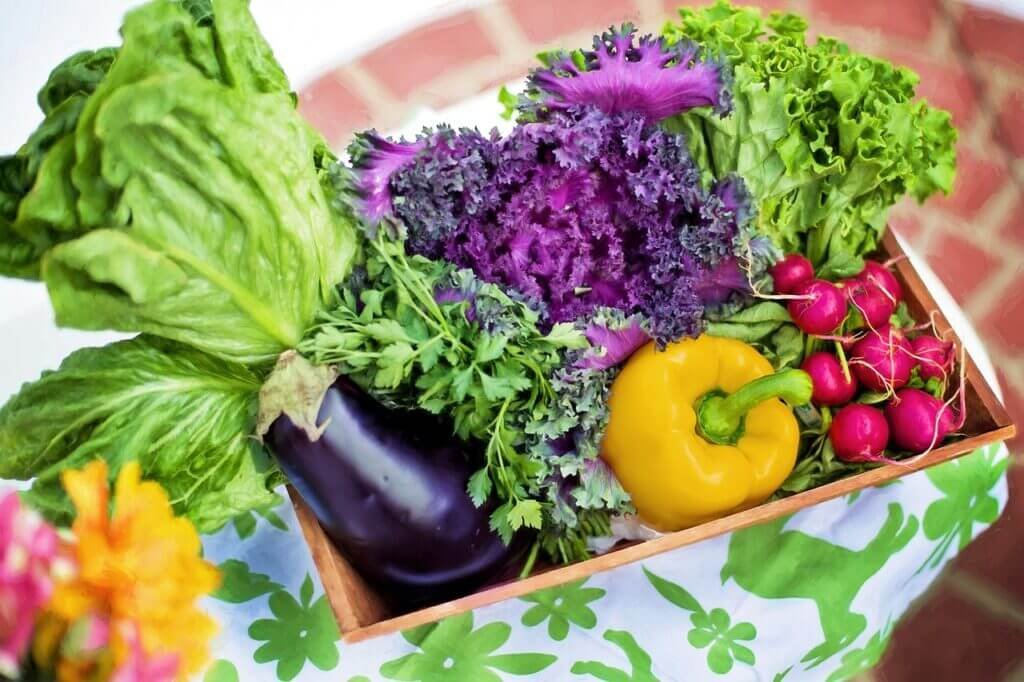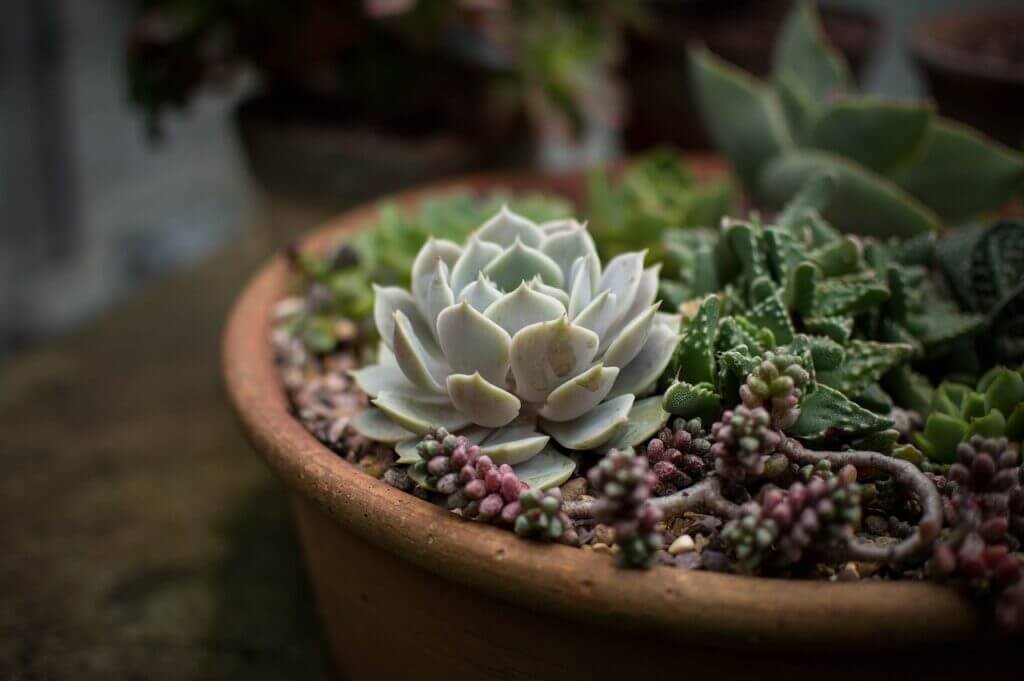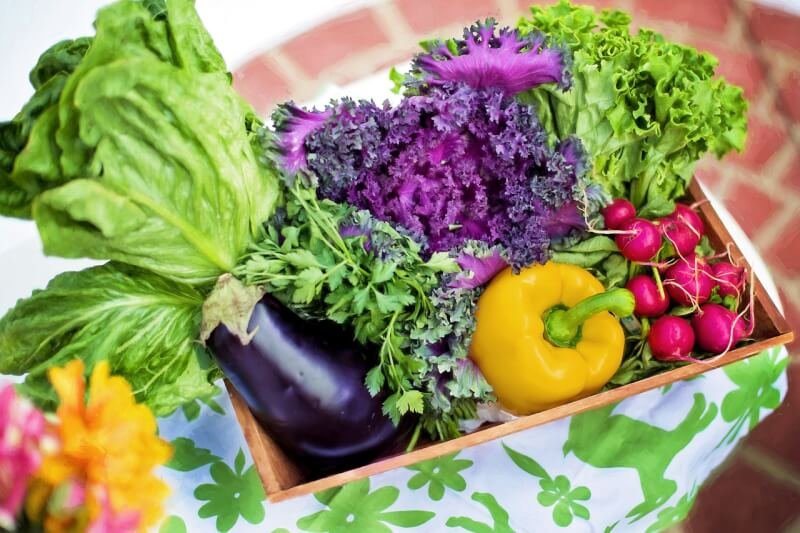Imagine transforming your urban space into a flourishing garden oasis, bursting with vibrant flowers, leafy greens, and aromatic herbs. With raised bed gardening, you can make this dream a reality, even in the heart of the city. Raised bed gardening is a technique that involves growing plants in elevated soil beds, allowing for greater control over soil quality and drainage. Whether you have a tiny apartment balcony or a small patch of concrete pavement, this article will explore the wonders of raised bed gardening and show you how you can bring the joys of gardening to your city life.

What is raised bed gardening?
Raised bed gardening is a method of gardening that involves creating raised and contained areas for growing plants. These beds can be built or purchased in various sizes and shapes, and they provide a controlled environment for plants to thrive.
Definition of raised bed gardening
Raised bed gardening refers to the practice of growing plants in elevated beds that are filled with soil. These beds are typically surrounded by frames or edges to prevent the soil from spreading or shifting. This gardening technique offers several benefits over traditional ground-level gardening.
Benefits of raised bed gardening
There are numerous benefits to raised bed gardening, making it a popular choice among gardeners, especially those in urban areas.
Improved soil quality
One of the key advantages of raised bed gardening is the ability to control and improve the quality of the soil used. By adding organic matter, compost, and other amendments, you can create a nutrient-rich soil that promotes healthy plant growth.
Better drainage and aeration
Raised beds allow for better drainage and aeration compared to traditional gardening methods. The soil in raised beds tends to drain more efficiently, preventing waterlogged roots and reducing the risk of plant diseases caused by excessive moisture. The elevated nature of the beds also facilitates air circulation, promoting healthy root development.
Reduced weed growth
Raised beds can significantly reduce weed growth, as they provide a barrier between the garden soil and surrounding grass or weeds. The controlled environment of raised beds makes it easier to manage weeds and reduces the competition for nutrients and resources among the plants.
Easier access and maintenance
With raised bed gardening, you can customize the height and width of the beds to suit your needs. This allows for easier access to the plants, minimizing the need for bending or kneeling. Additionally, raised beds require less maintenance, as the defined boundaries make it easier to control pests, diseases, and unwanted plants.
Extended growing season
Raised beds warm up more quickly in spring, allowing for an earlier start to the growing season. The elevated soil and the ability to cover the beds with protective materials, such as plastic or row covers, can also help extend the growing season in cooler climates. This means you can enjoy fresh produce for a longer period.
Types of raised beds
There are various types of raised beds to choose from, each offering specific advantages and design options.
Traditional raised beds
Traditional raised beds are constructed by using materials such as wood, stone, or bricks to create a rectangular or square-shaped frame. These beds are typically elevated above ground level and can vary in size and depth.
Container gardening
Container gardening involves using pots, planters, or containers to create raised beds. This method is ideal for small spaces and urban areas, as it allows for flexibility and mobility. You can use various types of containers, including ceramic pots, plastic buckets, or even repurposed items like old wheelbarrows or barrels.
Vertical gardening
Vertical gardening utilizes structures such as trellises, walls, or hanging baskets to grow plants vertically. This method maximizes space efficiency, making it ideal for urban gardening. Vertical gardens can be created using specially designed structures or by repurposing items like pallets or PVC pipes.

Traditional raised beds
Traditional raised beds offer a versatile and customizable option for gardeners. Here are some key considerations for building and maintaining traditional raised beds.
Construction materials
When choosing materials for traditional raised beds, opt for rot-resistant options like cedar or treated lumber. Stone or bricks are also popular choices. Avoid using pressure-treated wood, as it may leach chemicals into the soil over time.
Depth and size considerations
The depth of a traditional raised bed will depend on the plants you intend to grow. Most vegetables require a depth of at least 6-12 inches, while deeper beds may be needed for root crops. The size of the beds will depend on the available space and your gardening goals.
Building and filling a raised bed
To build a traditional raised bed, start by determining the desired dimensions and mark the area. Use the chosen materials to construct the frame, ensuring it is level and well-secured. Fill the bed with a mixture of quality topsoil, compost, and organic matter to create a nutrient-rich growing medium.
Layout and design options
Traditional raised beds offer flexibility in terms of layout and design. You can create multiple beds in various shapes or arrange them in a rectangular pattern. Consider pathways between the beds for easy access and plan for trellises or supports for climbing plants if desired.
Container gardening
Container gardening is an excellent option for urban gardeners with limited space.
Choosing appropriate containers
When selecting containers for container gardening, choose those with adequate drainage holes to prevent waterlogging. Consider the size of the plant’s root system and growth habits when choosing the container size. Remember that larger pots will hold more soil moisture and require less frequent watering.
Soil and drainage requirements
Use a well-draining potting mix specifically formulated for container gardening. This ensures proper aeration and prevents the soil from becoming compacted. Remember to keep an eye on moisture levels, as container gardens may dry out more quickly than ground-level gardens.
Selecting suitable plants
Many plants grow well in containers, including herbs, vegetables, and ornamental flowers. Choose plants that are suitable for the available light conditions and the size of the container. Compact or dwarf varieties are often good choices for small spaces.
Watering and maintenance tips
Container gardens require regular watering, as pots tend to dry out more quickly than traditional gardens. Monitor the moisture levels regularly and water when the top inch of soil feels dry. Mulching the surface of the container can help retain soil moisture. Additionally, provide proper support for tall or vining plants to prevent them from toppling over.

Vertical gardening
Vertical gardening is an innovative way to maximize growing space in urban environments.
Utilizing vertical space efficiently
Vertical gardening allows you to utilize vertical space by growing plants upward instead of outward. This method is ideal for small balconies, courtyards, or walls with limited ground space. By training plants to grow vertically, you can save valuable floor space while still enjoying a bountiful garden.
Types of structures for vertical gardening
There are various structures you can use for vertical gardening, including trellises, arbors, and walls. These structures provide support for climbing plants and create a visually appealing garden feature. Alternatively, you can create your own DIY structures using repurposed materials like pallets or PVC pipes.
Selecting appropriate plants
Certain plants are well-suited for vertical gardening, such as beans, cucumbers, and climbing roses. Choose plants that naturally climb or twine, ensuring they have enough space to grow vertically. Consider the weight of the plants and their support needs when selecting suitable varieties.
Supportive measures for vertical gardens
To support plants in vertical gardens, use garden netting, string, or mesh as a framework for the plants to climb. Regularly train the plants by gently tying them to the supports or guiding their growth. Maintain a careful balance between adequate support and allowing the plants sufficient freedom to grow naturally.
Is raised bed gardening suitable for the city?
Raised bed gardening is highly suitable for urban areas, offering numerous benefits for city dwellers.
Benefits of raised bed gardening in urban areas
Urban areas often have limited garden space and poor-quality soil. Raised bed gardening allows you to overcome these challenges by creating a controlled environment with enriched soil. Additionally, raised beds can be placed on rooftops, balconies, or patios, maximizing the use of available space.
Considerations for urban gardening
When practicing raised bed gardening in the city, there are specific considerations to keep in mind.
Space constraints
Urban gardening requires maximizing available space, so it’s essential to choose the most space-efficient gardening methods. Raised beds, vertical gardening, and container gardening are all excellent options for urban gardeners with limited space.
Sunlight accessibility
Assess the amount of sunlight your chosen gardening location receives. Most edible plants require a minimum of six hours of direct sunlight per day. Consider the orientation of buildings or other structures that may cast shadows on your garden.
Watering and irrigation challenges
Water scarcity and limited access to irrigation methods can be challenges in urban gardening. Implement efficient watering systems, such as drip irrigation or self-watering containers, to conserve water and minimize time spent on watering.
Choosing the right location for raised bed gardening in the city
Selecting the optimal location for your raised bed garden is crucial for its success.
Assessing available space
Survey the available space in your city garden and determine the area you can dedicate to a raised bed. Consider factors such as sunlight exposure, accessibility, and the aesthetics of the space.
Sun exposure and shade
Ensure your chosen location receives the appropriate amount of sunlight for the plants you intend to grow. Most vegetables and herbs require full sun, which is at least six hours of direct sunlight per day. If your space is shaded, consider growing shade-tolerant plants or using artificial grow lights.
Proximity to water source
Consider the proximity of your raised bed garden to a water source. Having easy access to water will save time and effort when watering your plants. If necessary, set up a rainwater collection system or use a long hose to reach your garden space.
Accessibility and convenience
Choose a location that is easily accessible for maintenance tasks such as watering, weeding, and harvesting. Consider nearby pathways, potential obstructions, and the distance from tools and supplies.
Tips for successful raised bed gardening in the city
Follow these tips to maximize your success with raised bed gardening in the city.
Soil quality enhancement
Enhance the soil quality in your raised beds by using a mix of quality topsoil, compost, and organic matter. Regularly monitor and amend the soil to maintain its fertility. Consider using organic fertilizers or compost tea to provide additional nutrients.
Choosing appropriate plants for urban gardening
Select plants that are well-suited for urban environments, such as compact varieties, heat-tolerant species, or those that thrive in containers. Opt for disease-resistant varieties to reduce the risk of pests and diseases.
Implementing efficient watering systems
To conserve water and reduce the time spent on watering, consider installing drip irrigation or a self-watering system. These systems deliver water directly to the plants’ roots, minimizing evaporation and water waste.
Companion planting techniques
Utilize companion planting techniques to maximize space and discourage pests. Pair plants that complement each other, such as marigolds to deter pests or herbs that naturally repel insects.
Protecting crops from pests and diseases
Implement preventive measures to protect your crops from pests and diseases. Regularly inspect your plants, practice good sanitation, and consider using organic pest control methods when necessary.
Conclusion
Raised bed gardening is a fantastic option for city dwellers looking to grow their own food or create a green oasis in their urban spaces. With the ability to improve soil quality, maximize space, and overcome the challenges of urban gardening, raised bed gardens offer numerous benefits. Whether you choose traditional raised beds, container gardening, or vertical gardening, you can enjoy the rewards of fresh produce and a thriving garden right in the heart of the city. So why not give raised bed gardening a try and create your own green paradise in the concrete jungle?


